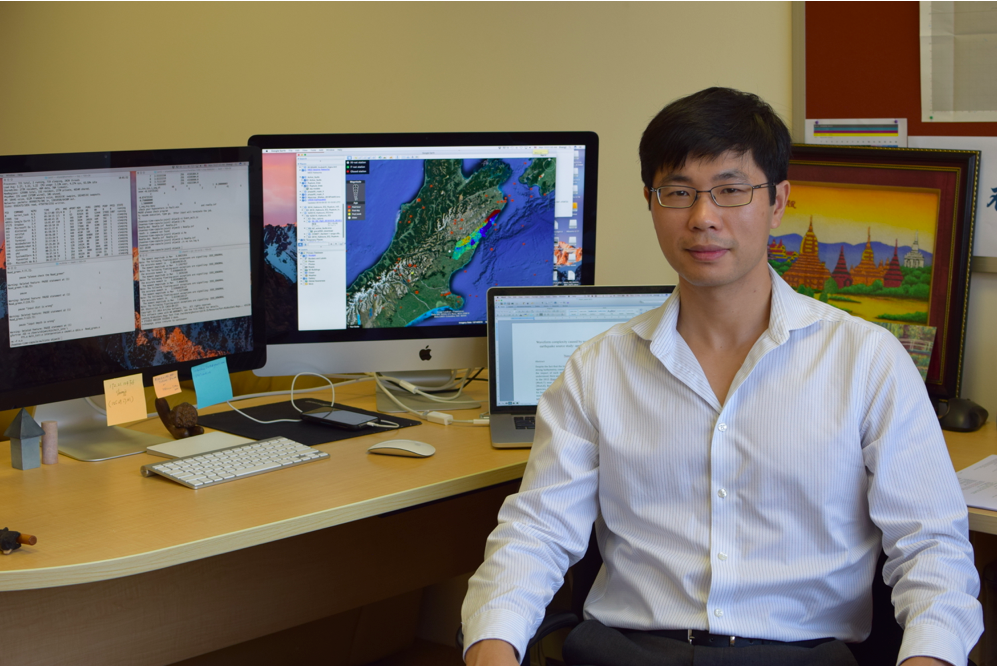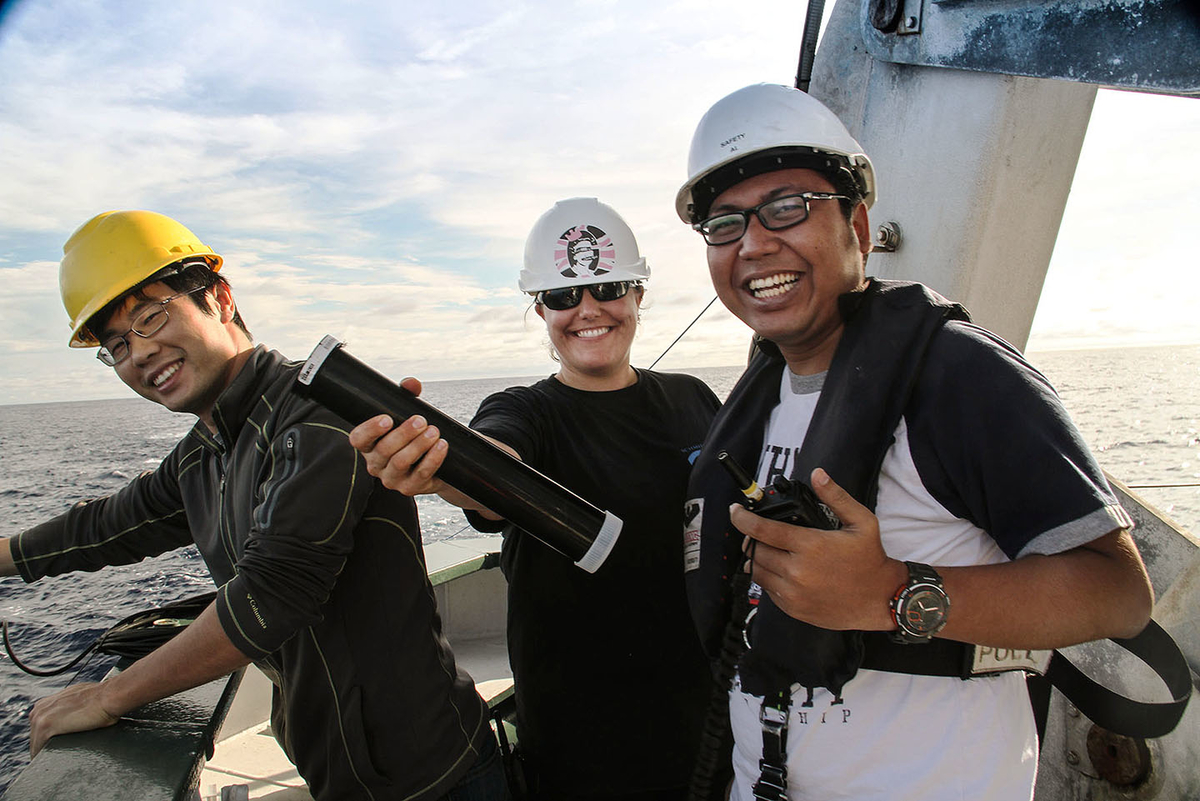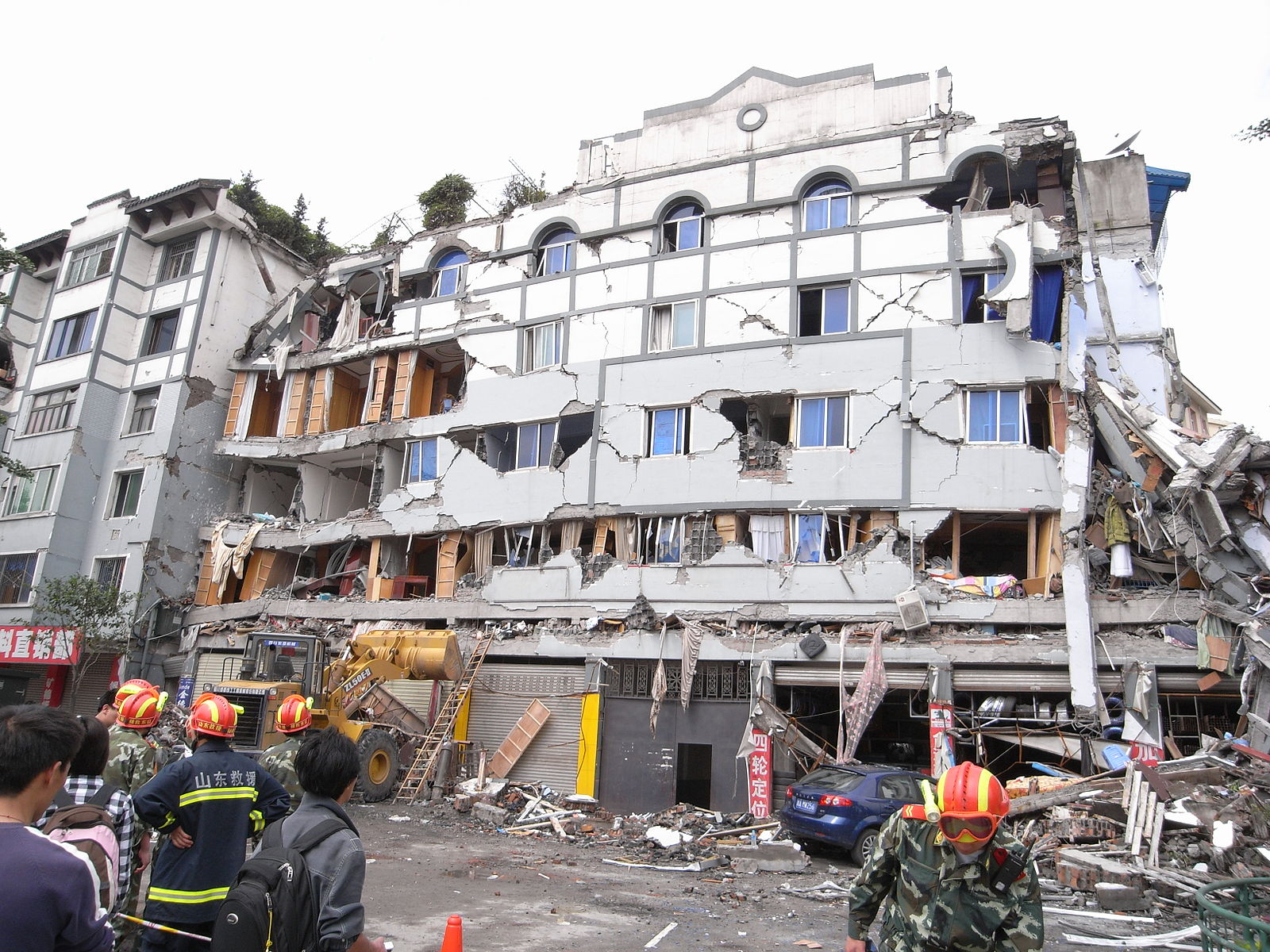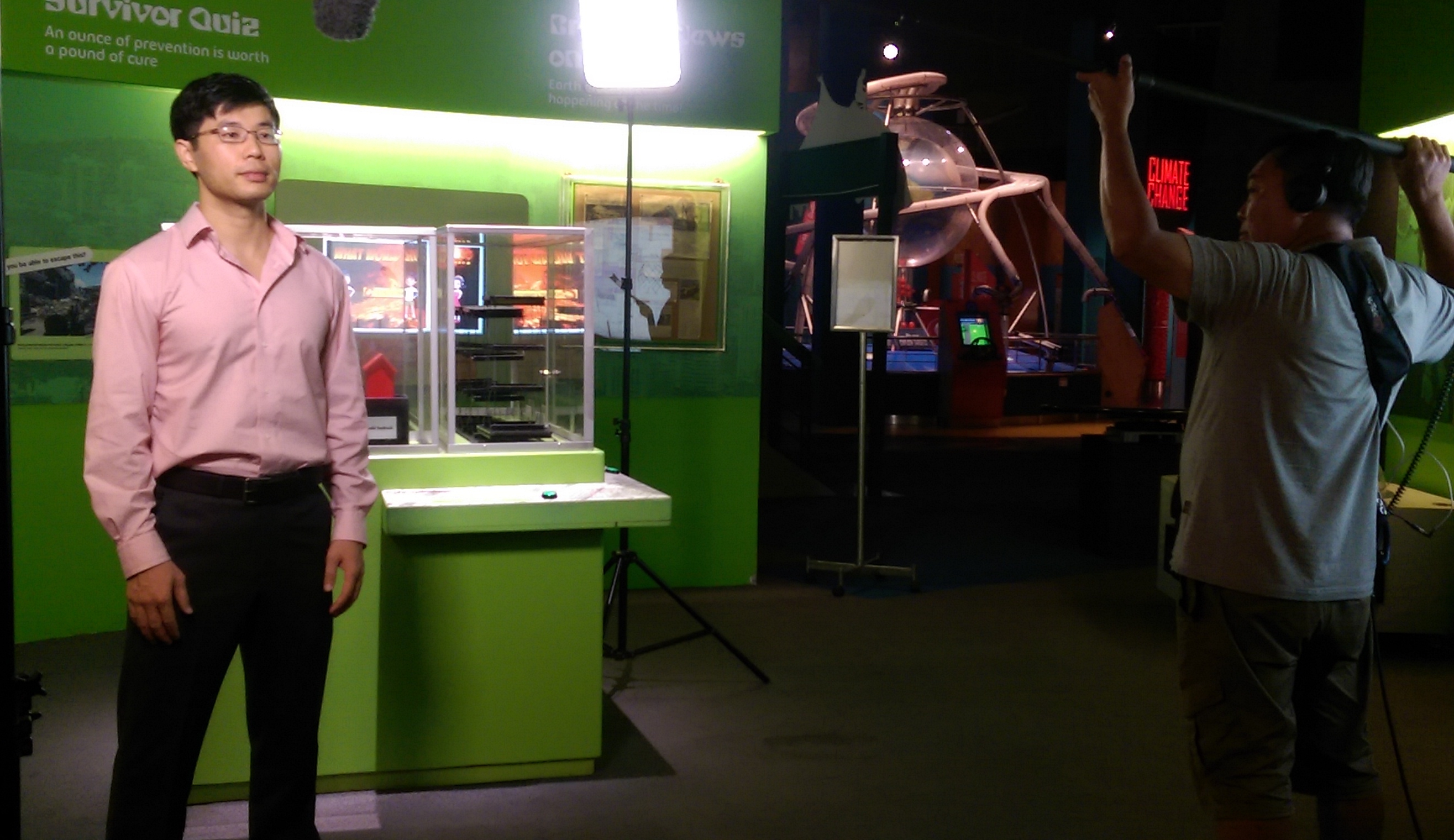
The first time Assistant Professor Wei Shengji felt an earthquake, it was in 2008, when he was an exhausted graduate student sound asleep in his room in California. When the 5.5-magnitude earthquake rattled the cups and books off his bedside table, he woke up, wondered what was going on, and then fell promptly back to sleep.
On hindsight, the 35-year-old seismologist thinks he “should have gotten up and taken a picture,” especially since he ended up studying that very earthquake in the lab, later that day.
But the Los Angeles event, now christened the 2008 Chino Hills earthquake, is almost trivial compared to Southeast Asia’s many earthquakes, said Asst. Prof Wei. After five years as a postdoctoral fellow at the Caltech Seismological Laboratory in California, he should know.
“In the entirety of California, there is maybe one magnitude-7 earthquake every five years,” he said.
“But in Southeast Asia, in particular the Indonesian region, there are magnitude-7 earthquakes every month, and nobody is studying them at the level people are studying the earthquakes in California.”

Asst. Prof Wei moved to Singapore in 2014, to be closer to an under-researched region, and contribute his expertise.
Today, he teaches at the Asian School of the Environment at Nanyang Technological University. When he’s not teaching his undergraduate seismology class –the first in Singapore– he conducts research full-time as a Principal Investigator at the Earth Observatory of Singapore (EOS), studying earthquake source –how an earthquake is formed, and the effects it produces.
His research includes analysing how much ground shaking is produced during an earthquake, and how far a structure is physically displaced, or offset, after a quake.
It adds up to a lot of numbers, but Asst. Prof Wei finds meaning in sifting through the data. Making sense of the statistics collected after every earthquake, he said, is a necessary step towards the greater good –towards forecasting future earthquakes.
Currently, though, forecasting is still an unrealised long-term goal. “It’s impossible to predict an earthquake precisely in time and space,” he said. “At this stage, in order to estimate when an earthquake might happen, we have to first better understand them and the factors that caused them.”
 Following the scientific analyses, Asst. Prof Wei and his fellow seismologists collaborate with civil engineers to design buildings that are more resistant to earthquakes, to better protect communities.
Following the scientific analyses, Asst. Prof Wei and his fellow seismologists collaborate with civil engineers to design buildings that are more resistant to earthquakes, to better protect communities.
Helping the community is his main motivation. The Guangxi-born scientist, who earned both his Bachelor’s and PhD from the University of Science and Technology in China, switched his track of research from the earth’s structure to earthquakes in 2008, so he could “use scientific knowledge to save people.”
For him, the turning point was the May 2008 Great Sichuan earthquake, a shattering 7.9-magnitude quake in Wenchuan that earned the title of ‘21st deadliest earthquake of all time’ and claimed more than 80,000 lives.
At the time of the quake, he had left China for a graduate exchange programme at Caltech. When the news broke, the barrage of reports hit home, but it was the lack of accurate information in the media that irked him most.

Asst. Prof Wei said: “The rupture length of the earthquake was about 300km –about six times the length of Singapore. But at the beginning, the government didn’t realise that the rupture was so long, and most of the rescue efforts were focused on the area where the earthquake started.”
“Only a few days later did people realise there were so many other people and towns hurt and badly damaged, just a few hundred kilometres away.”
After the incident, Asst. Prof Wei felt the need to reorient his research. Even today, his motivation as a real-time seismologist remains to help people, and work towards one day forecasting and preventing these disasters.
This is especially important in Southeast Asia, where a lack of data and resources make the need for competent earthquake studies even more crucial, said Asst. Prof Wei.

In July 2016, a giant fault was discovered under Bangladesh that threatens to expose millions to a potential 9.0-magnitude earthquake. But even now, data and observations about the area are sparse. Asst. Prof Wei says there are less than 10 GPS stations in the whole of Bangladesh, making assessments about the potential hazard difficult.
At present, it is still a mystery if and when the fault might slip. Scientists are working hard to find out more.
“Almost 40% of the world’s population lives in Asia,” says Asst. Prof Wei, “but the studies of hazards that might threaten this population are often not well-conducted.”
“So I think this is a good chance for me to make my little contribution.”